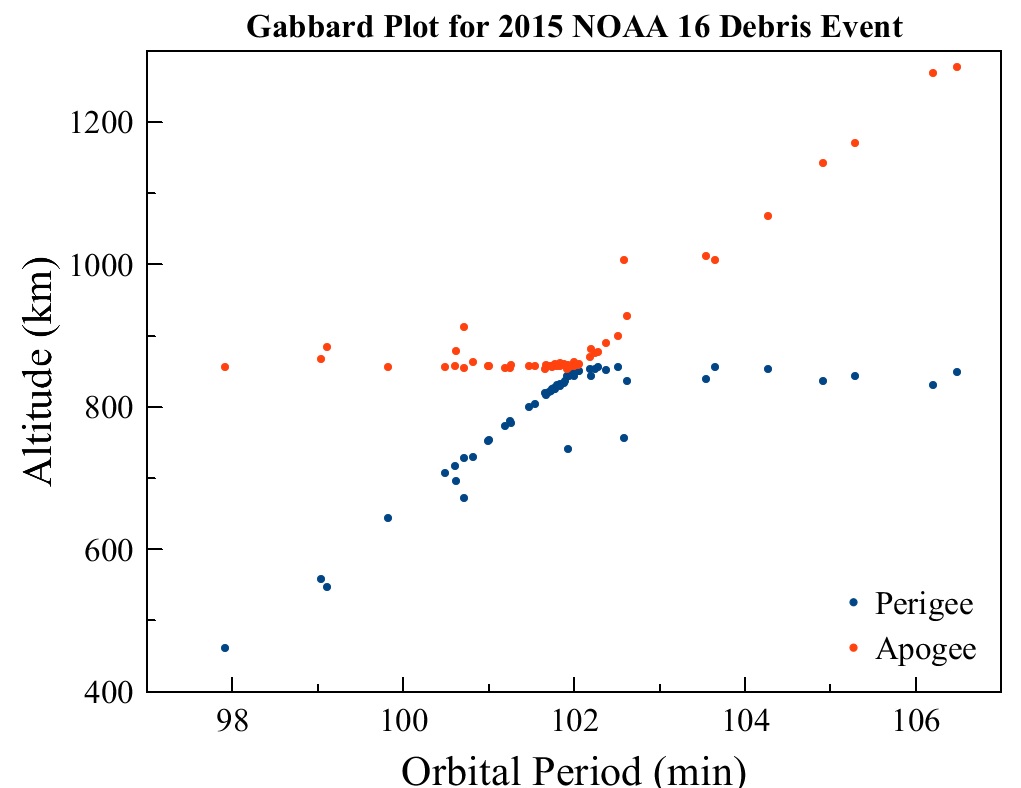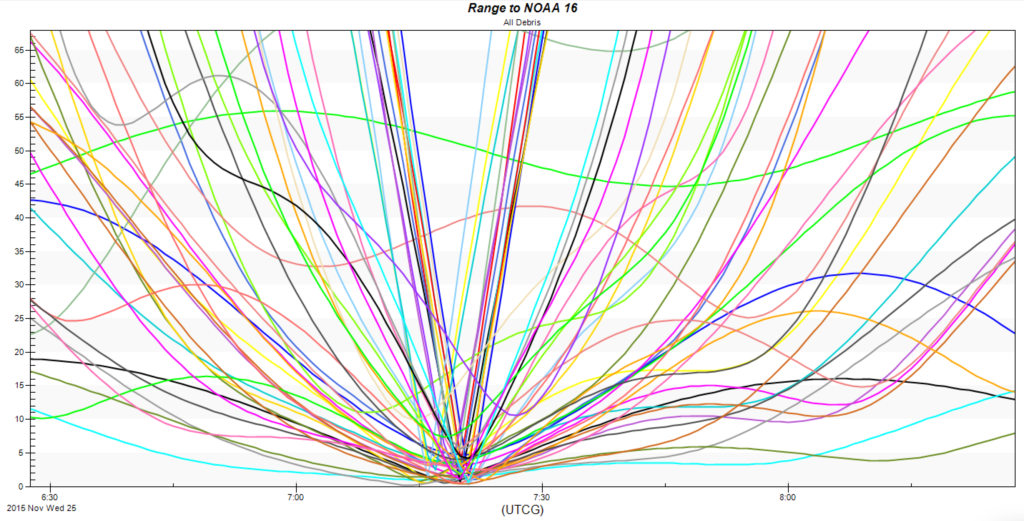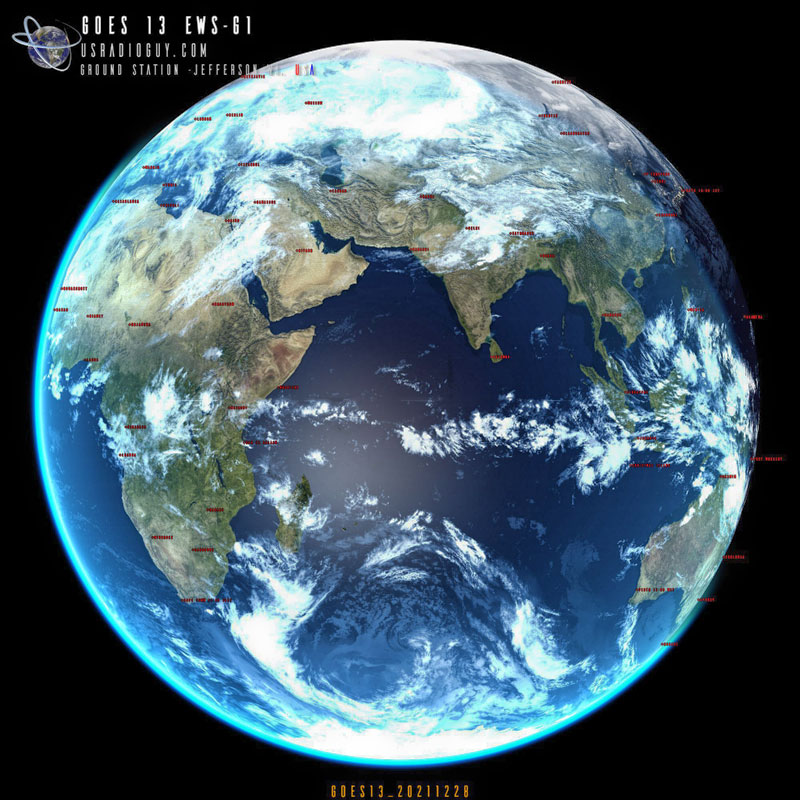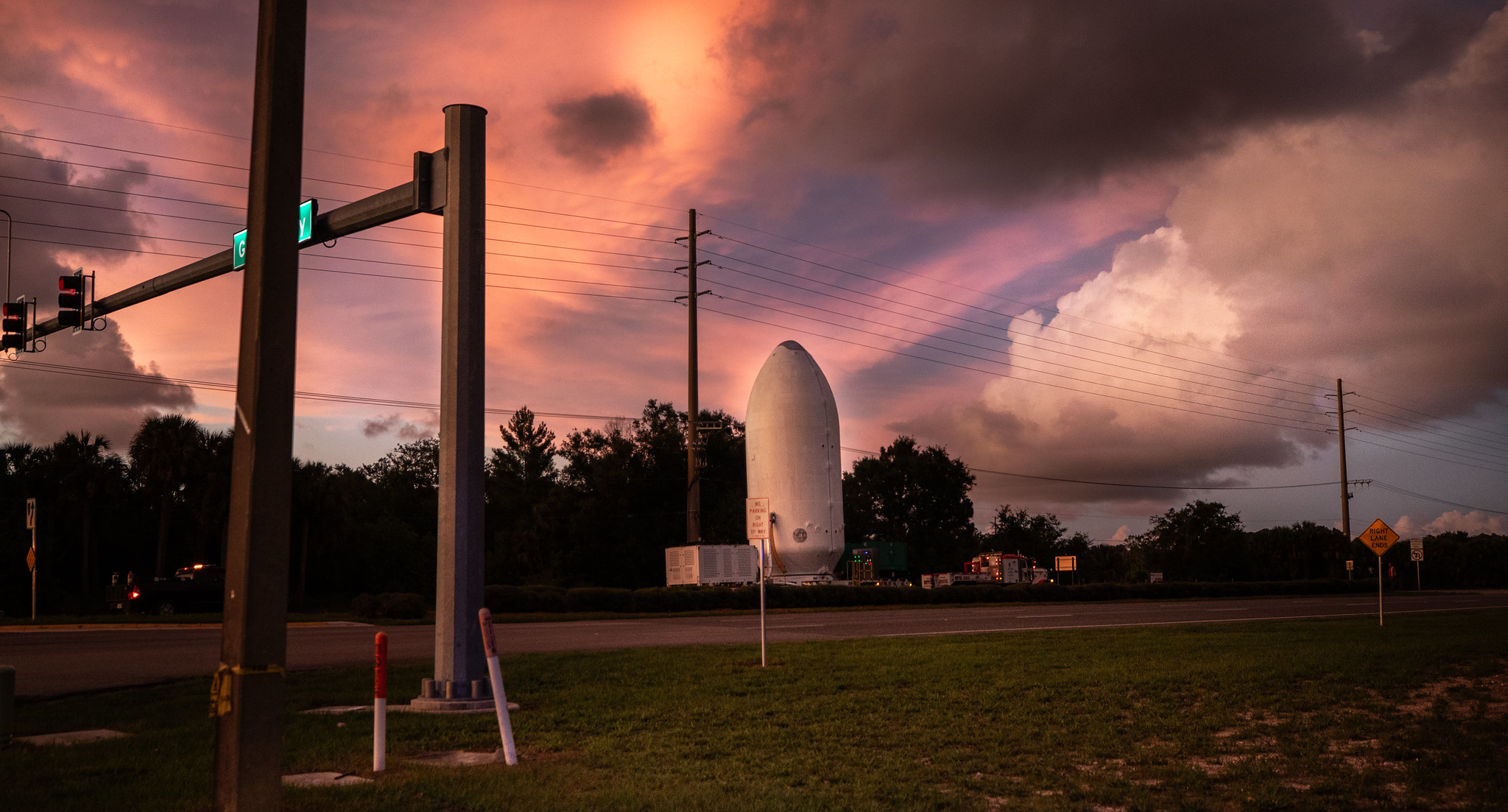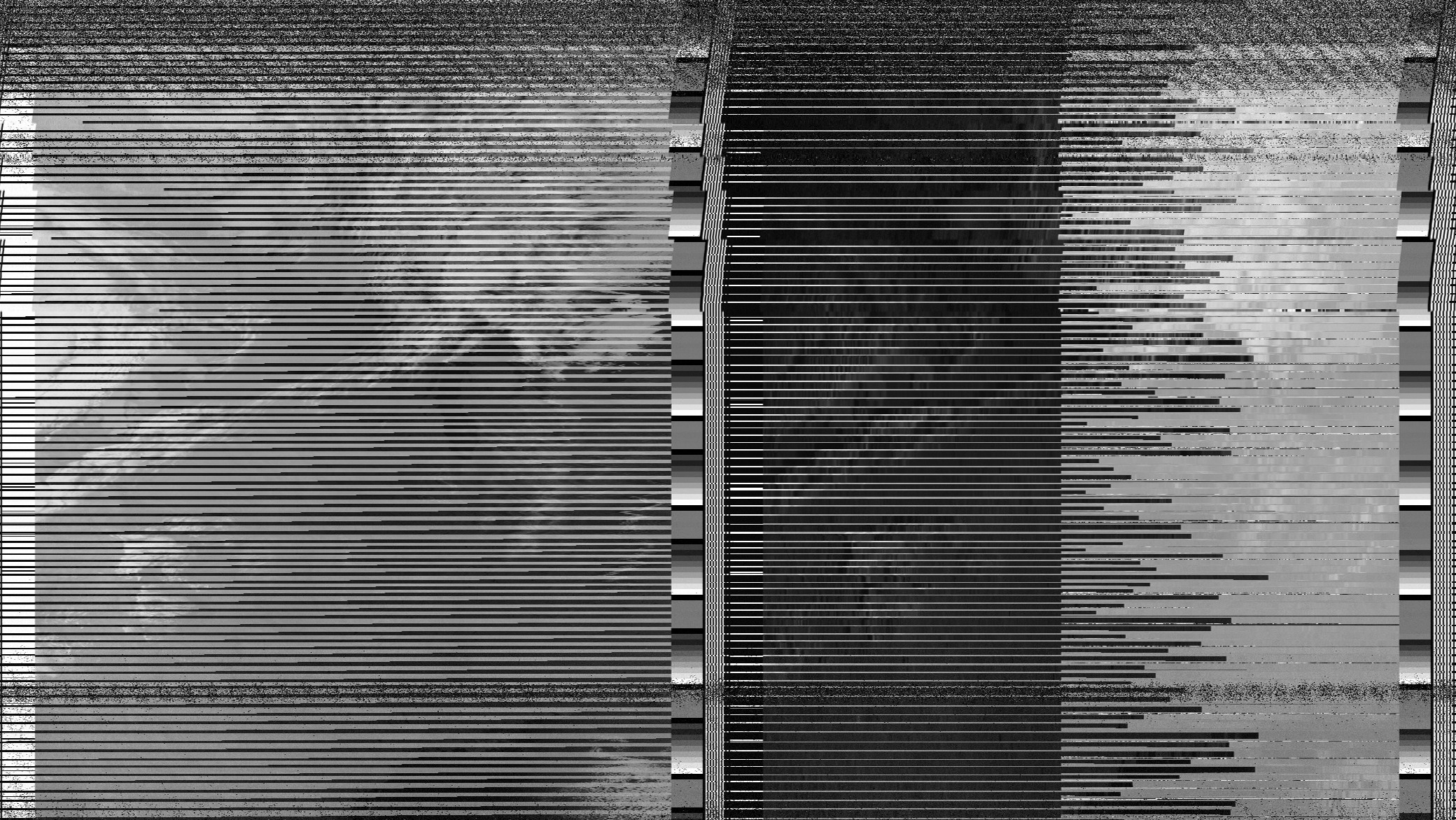![]()
Nothing lasts forever….
Update 09/27/2023
The AVHRR/3 sensor on board NOAA 15 has repeatedly seized, and no other attempts will be made to recover the instrument. However, the spacecraft itself remains healthy and other subsystems remain active. Therefore, there is no plan for decommissioning the spacecraft at this time.
It is important to note that the spacecraft itself is still operational. Other sensors onboard NOAA 15 are still able to collect data, and this data will continue to be used for a variety of purposes, such as weather forecasting, climate research, and environmental monitoring.
In the meantime, NOAA 15 will continue to operate and collect data. The spacecraft is expected to remain in service for several more years. NOAA 18 and 19 are still operational, though all 3 spacecraft are in what is known as a POES EL (Extended Life) Program (See Below)
All data from all 3 POE satellites and now considered “data of opportunity.” This means that NOAA will no longer manage the constellation as an operational product, and the commercial vendor (Parsons Corporation) is now responsible for data distribution and collection.
Update 09/15/2023
From NOAA Operations in regard to NOAA 15 – and 18,19 09-14-2023
As of today 09/15, the National Oceanic and Atmospheric Administration (NOAA) has not announced plans to decommission the NOAA-15 satellite or shut down the Advanced Very High Resolution Radiometer (AVHRR) instrument. However, the legacy Polar-orbiting Operational Environmental Satellite (POES) constellation, which includes NOAA-15, NOAA-18, and NOAA-19, is now considered “data of opportunity.” This means that NOAA will no longer manage the constellation as an operational product, and the commercial vendor is now responsible for data distribution and collection.
In simpler terms, NOAA-15 and the other legacy POES satellites are still operating, but they are no longer the primary source of data for NOAA’s weather and climate monitoring programs. Parsons Corporation is the contractor for data distribution and access for the legacy satellites.
This change does not mean that NOAA-15 and the other legacy POES satellites will no longer be useful. In fact, their data can still be used for research and other purposes. However, end users of this data should be aware that it is no longer being managed as an operational product by NOAA
The POES Satellite Operations will be transitioning off the existing NOAA POES Ground System to a Commercial Ground System service. The POES Constellation consists of NOAA-15, NOAA-18, and NOAA-19, now in an extended phase of their mission life, and will transition to this best-effort approach managed and operated by the new commercial ground system service. The operations transition period will span from May 1st 2023 until September 15th 2023
On September 11, 2023, at 16:20 UTC during rev 94379 the NOAA-18 satellite will be fully transitioned to Parsons (Command and Control) C2 Commercial Ground Services. This first transition of a POES satellite is an ongoing effort to extend the utility of the legacy POES satellite constellation by extending life through use of a commercial system called Ground Station as a Service (GSaaS) approach.
Life Expectancy
Each spacecraft was designed to meet all on-orbit performance requirements for a minimum
period of two years.
What is AVHRR?
The AVHRR/3 is a radiometer that measures the Earth’s outgoing radiation in six different wavelengths. Three of these wavelengths are in the visible and near-infrared region, and the other three are in the thermal infrared region. The thermal infrared channels are cooled to a very low temperature to make them more sensitive.
The AVHRR/3 uses a rotating mirror to scan across the Earth, and it takes a measurement every 1.1 kilometers (0.68 miles). The data from the six channels is sent to the spacecraft, and then to the ground.
Here is a more detailed explanation of some of the terms used in the text:
- Radiometer: A device that measures the amount of radiation coming from a particular object.
- Visible and near-infrared region: The part of the electromagnetic spectrum that we can see with our eyes, and the part that is just beyond the visible spectrum.
- Thermal infrared region: The part of the electromagnetic spectrum that is emitted by objects that are warm.
- Rotating mirror: A mirror that is attached to a motor and spins around.
- Spacecraft: A vehicle that travels through space.
- Ground: The surface of the Earth.

Now that all 3 NOAA birds have been designated as EOL in 2024 by NOAA, what does that mean for the operations of the sat in space? Does this mean that their time here on earth…. well, up above the earth, is over? Not exactly….
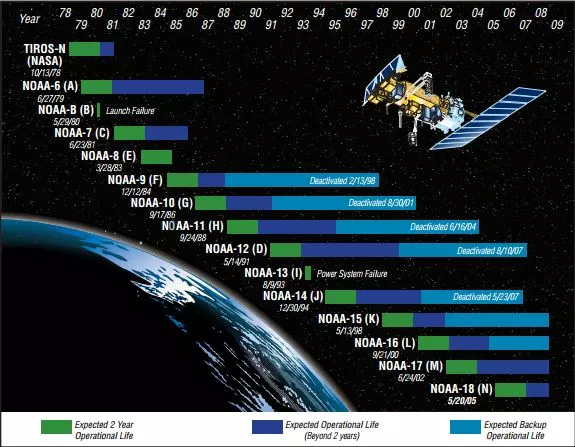
POES EL (Extended Life)
The new POES EL (Extended Life) program hopes to keep some life in the NOAA birds. This year, 2023, POES (NOAA 15,18,19) Satellite Operations are transitioning off the existing NOAA POES Ground System to a Commercial Ground System service. The Transition started on May 1st of this year and will be complete on Sept 15th.
POES data that was once operationally supported will migrate over to a data of opportunity service, as available. Due to this new approach, contingency data recovery will not be performed and extended data disruptions could occur periodically because of operational constraints.
Now what does “Data of Opportunity” mean? Well, if the satellite is putting out data it will be available, but, if a system fails, and cannot be restored easily, or cost-effectively, that data will no longer be available.
The new POES wrangler is Parsons Technology who won the $16 million dollar contract to keep the NOAA birds flying and ground control running. Parsons Leveraged its existing commercial capability which allowed them to send first vehicle commands within ~5 months of being on contract! They are also on schedule to assume Spacecraft Control Authority (SCA) shortly, enabling NOAA to repurpose their finite resources for other responsibilities.
NOAA’s three POES will be one of the first U.S. government satellites to transition from a legacy government-owned ground control system to a hybrid cloud-based commercial-based operation, setting a precedent that may lead to further commercialization of government-owned satellites in the future.
Over the next six months, the Parson’s team will move the control of the POES to commercial ground control systems deployed on a hybrid cloud architecture using Parsons’ commercial space software applications while demonstrating successful control of POES, followed by six months of full commercial operations.
Worst-case scenario – if one of the birds falters…ADC
NOAA is prepared for the worst-case scenario, with a software patch called Autonomous Decommissioning Control or ADC. Let’s hope the new and improved ADC software patch added to all three birds will not be necessary!
How does ADC work?
If the ADC software finds a serious issue that will jeopardize the function or control of the satellite and its systems, and total failure of the satellite is imminent, ADC will execute a series of commands to safely decommission the satellite.
Some of those commands would be to disconnect all battery charge paths, disable all transmitters, deplete nitrogen gas, and place the flight computers into an infinite loop. This would minimize any future potential breakup (or other catastrophic failure) that could add debris to the satellite’s orbit plane, which could compromise the operation of other crucial satellites.
Without ADV, normally, a ground-based, human operator would execute decommissioning actions for a satellite. However, the POES operators are able to communicate with each satellite only while it is visible over a ground site–a mere 10 to 15 minutes during the satellite’s full, 101-minute orbit of the Earth. This short window of time might not be sufficient for operators to execute end-of-life commands. Therefore, ADC runs continuously to monitor and execute final decommissioning at any time should fatal conditions arise.
Why Implement ADC? The NOAA-16 Incident
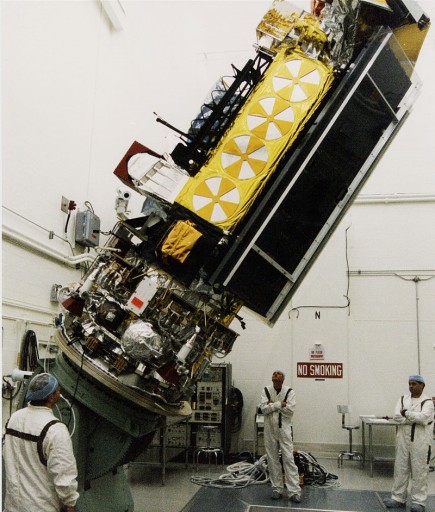
Things break. The Automatic Picture Transmission (APT) of NOAA-16 became inoperable due to sensor degradation on 15 November 2000. 4 years later, in early June 2014, the NOAA-16 satellite experienced a severe overvoltage, and its self-correcting backup system failed. On June 6, 2014 the signal from the satellite was lost after a major spacecraft anomaly. Space Ops detected a large spread of debris in orbits ranging from 462 by 858 to 829 by 1,278 Kilometers. This indicates that the debris were liberated, or as SpaceX calls them now, R.U.D. (Rapid Unscheduled Disassembly) with significant energy, suggesting either an onboard explosion or a collision between objects. A collision had been ruled out earlier leaving only the scenario of an explosion onboard the satellite which is not unheard of in NOAA satellites.
NOAA 16 was officially decommissioned on June 9 after it was determined that recovery of the mission was not possible. Over the course of its 13-year service life, NOAA 16 made 70,655 orbits around Earth, surpassing its three-year design life by a decade. The debris event was detected on November 25 2015 when ground-based radars sensed a number of debris in the vicinity of the NOAA 16 satellite that had been retired since 2014. Given the behavior of satellites of similar construction, the leading suspect for the debris event is an explosion of the spacecraft battery. NOAA-16 satellite broke apart 18 months after the initial overvoltage, which created a debris field of over 200 objects.
The Kessler Syndrome
Read more on what happens when satellites explode or collide The Kessler Syndrome
